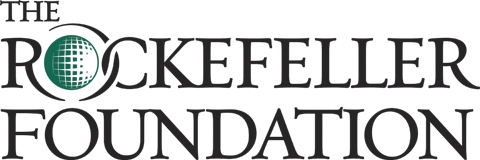Already, 2015 feels like it could be a big year for transportation, at the federal, state and local levels alike. As the year began, we thought it would be fun to identify 15 people, places and trends that seemed to be worth keeping an eye on the next 12 months. In some years, 15 would be a stretch, but this year we had a tough time whittling the list to match the number of the year.
We will roll out the list in three posts, starting today with five issues to watch at the federal level. The next two posts will cover “places (states and cities)” and “people.” We plan to pay special attention to these 15, but we will by no means limit ourselves to them. So tell us what you think we missed, in your area or elsewhere.

1. The federal gas tax and Congress – will they or won’t they take it on as MAP-21 expires and we face the “fiscal cliff” in early 2015?
You won’t hear more about any single transportation-related issue this year than the erosion of the gas tax, the future of federal funding and the expiration of the current federal transportation law.
The gas tax continues to lose value through inflation, more efficient vehicles, and the ongoing trend of Americans driving less. Policy changes aside, there’s not enough money to even extend the current law (MAP-21) for a few more years. Last summer, Congress had to pull out every trick in the book just to keep the nation’s transportation funding solvent until close to the expiration of MAP-21 until May 31, when MAP-21 expires – just in time for construction season.
Suddenly, though, with gas prices plunging, some members from both parties have indicated at least a willingness to talk about a gas tax increase to make up the gap between needs and existing revenue. One thing is certain: Congress can’t extend the federal program at anything like the current level without finding money from somewhere. There are literally no other options. It’s encouraging that this Congress appears to be ready to give that conversation more attention than the last.
2. National passenger rail policy could be the first major issue up in 2015.
Even before Congress takes up how to fund a multi-year transportation bill or an extension of MAP-21 in May, members are likely to debate the reauthorization of our nation’s passenger rail policy (including funding for Amtrak). Rep. Bill Shuster (R-PA), chairman of the House Transportation and Infrastructure committee, has declared a high priority on adopting the measure early this year.
Last September, his committee passed a version of the Passenger Rail Reform and Investment Act (PRRIA) with a handful of positive changes, including stable funding for Amtrak. A key indicator to watch is whether consensus on those improvements persists when the bill is reintroduced in the new Congress, and whether action on this bill occurs in the Senate. After several years of House proposals that either made huge cuts to our country’s rail network or hearings that focused heavily on issues like privatization or the food vendors serving Amtrak, 2015 might just be the year we see a reasonable and responsible passenger rail law.
3. Implementing accountability: How will the U.S. DOT choose to measure congestion and safety?
Ok, yes, it’s a terribly wonky issue and will likely not take over the discussion around your water cooler at work, but this transition to a more performance-based system of transportation investment was one of the key reforms of MAP-21 and could represent a sea change in how funding decisions are made and our transportation system performs. This is the year when the new standards, and the requirements for meeting them, are expected to be set.
Signals have been mixed so far, though recent developments are encouraging. The first attempt at a safety standard was far too lax, and gave states and metros a potential pass on improving the safety of their transportation systems and survival rate of people on foot and bicycle. The feds heard the public protests and now propose more exacting performance to earn passing grades. The latest proposal on standards for keeping roads and bridges in reasonable condition is much better.
The real test will come this spring, when DOT officials unveil how they propose to measure improvements around the effects of roadway congestion (as well as some other measures.) Choose a method to measure congestion that only values free-flowing highway traffic at any time of day (even if the length of the trip is exceedingly long), and states could reward sprawling development patterns and longer commutes. Choose instead to consider how many people can enjoy a predictable commute to work and you’re likely to see investments in a range of cost-effective solutions. It might not seem sexy, but it is definitely one of the transportation issues that could have the greatest impact beyond 2015.
4. Will the much-loved TIGER grant program survive, and if so, in what form?
The TIGER program, designed to get funding to innovative projects that solve multiple issues but don’t fit into mode-specific funding categories, dates all the way back to the beginning of President Obama’s first days in office as part of the economic recovery package. Five rounds of grants have been handed out to date, totaling over $4 billion. The program was threatened in the last-minute budget dealmaking at the end of last Congress, but survived with $500 million for a sixth round of grants. Though funding drops by $100 million from 2014, it’s still $400 million better than what the House proposed for this year. The “cromnibus” budget compromise also dropped a House requirement to limit TIGER grants to highway, bridge and port projects. That means TIGER in 2015 will operate the same as the previous rounds, supporting innovative projects that take a multimodal approach and address needs as local communities define them, rather than Congress.
The big question for 2015 is whether the new Congress will include TIGER or something like it — a pot of money that is open to competition from local communities with innovative projects — in the next transportation law. As popular as it is — and it is extremely popular — TIGER’s future is unclear.
5. Local control and the Innovation in Surface Transportation Act.
We spent a lot of time in 2014 making the case for more transportation dollars, and control over those dollars, to be directed to the local level where a community’s leaders know their needs best and can make decisions accordingly. So it was a huge milestone when a bipartisan group of House and Senate members introduced a bill to do just that near the end of the last Congress. In a Congress where acts of bipartisanship were rare, it was encouraging to see representatives teaming up and responding directly to the pleas they’d heard from the mayors, business leaders, and citizens in their communities for more of a voice in the process of selecting and funding transportation projects in their communities. We expect to see both House and Senate bills re-introduced sometime early in the 114th Congress by Representatives Rodney Davis (R-IL) and Dina Titus (D-NV), and Senators Roger Wicker (R-MS) and Cory Booker (D-NJ), and we look forward to seeing the case for greater local control gain more momentum in 2015 and hopefully result in this provision’s incorporation into MAP-21’s replacement.
—
Up next in 15 for ’15: The states and places to watch for transportation developments this year.
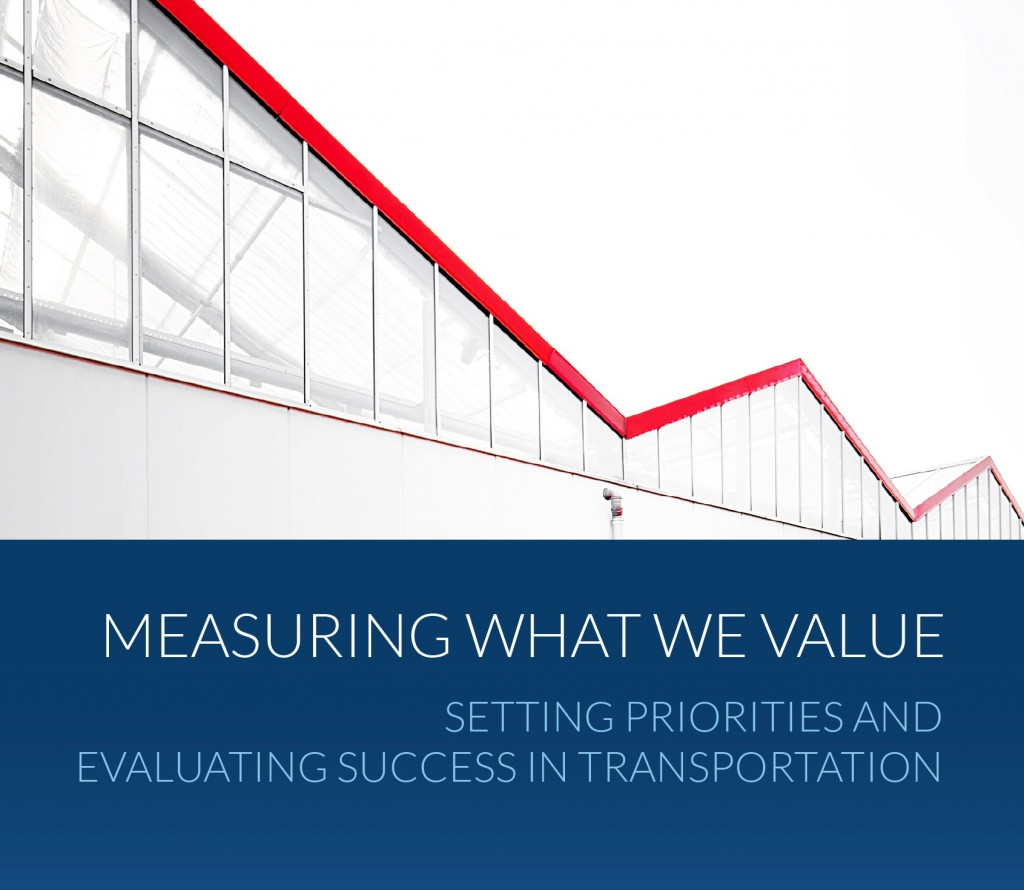
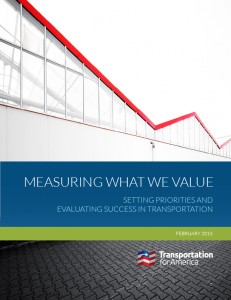 Developing a better system to measure the performance of our transportation spending is an idea that’s gaining momentum, and we want to help you be on the cutting edge.
Developing a better system to measure the performance of our transportation spending is an idea that’s gaining momentum, and we want to help you be on the cutting edge. 




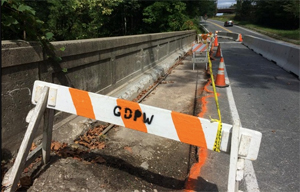

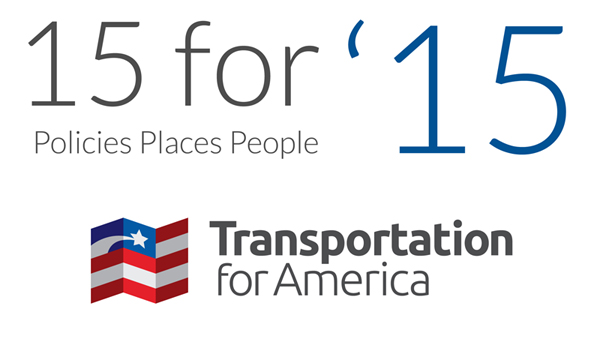

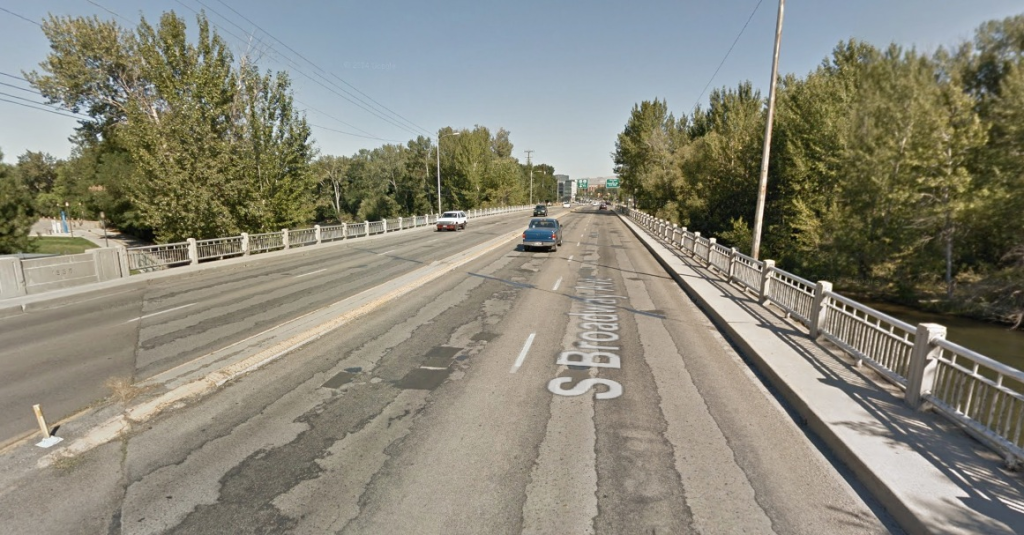

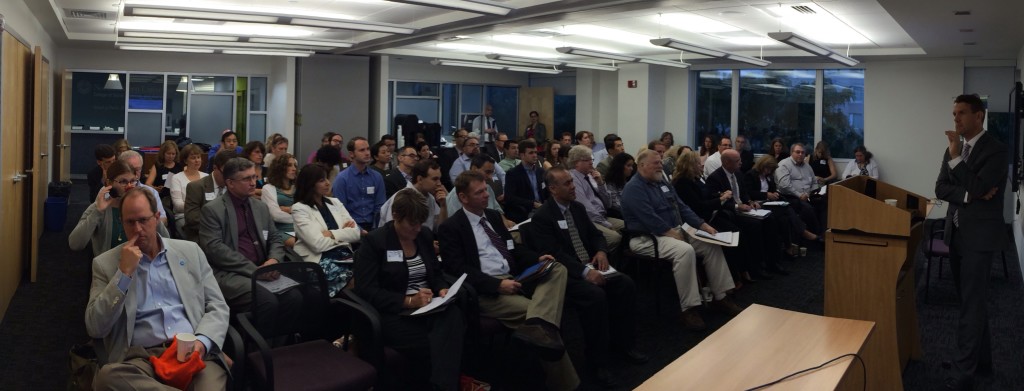
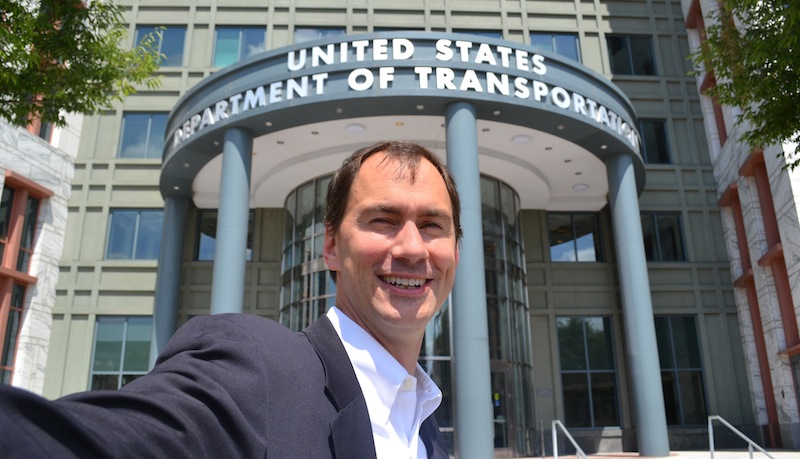

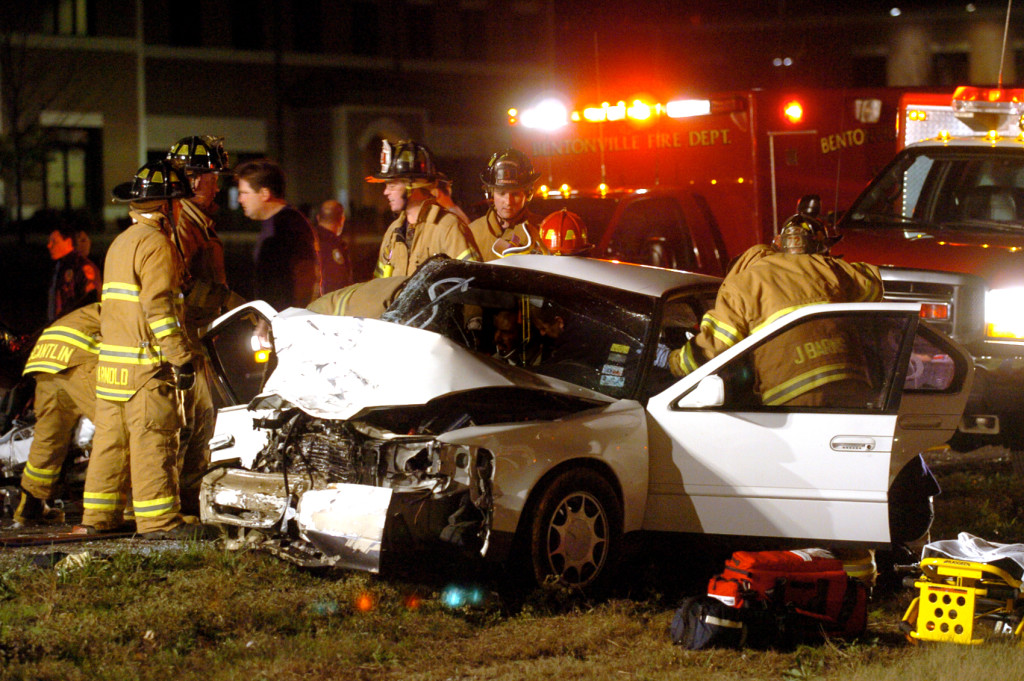

 We’re no stranger at T4 America to the idea of using open government data to help ordinary citizens better understand their transportation system and how federal and local transportation policy needs to change to make them safer. We’ve regularly used public data from the U.S. Department of Transportation to seed useful tools, like the interactive map of ten years of pedestrian fatalities (
We’re no stranger at T4 America to the idea of using open government data to help ordinary citizens better understand their transportation system and how federal and local transportation policy needs to change to make them safer. We’ve regularly used public data from the U.S. Department of Transportation to seed useful tools, like the interactive map of ten years of pedestrian fatalities (